Moving Ladderstands to Changing Deer Behavior
Moving Ladderstands | Ladderstand Hunting Strategies
For those who enjoy the comfort of a ladderstand, but hunt with a smaller budget, moving your stand might be the only way to keep up with ever-changing deer behavior
Let’s face it; ladder stands are extremely comfortable for bow hunters grinding out long hours during the peak of the rut. Easy in, easy out—not to mention most modern ladderstands come equipped with an extremely supportive back and foot-rest. Ladderstands are also a very safe option for those fearing heights. If you are a hunter who hunts primarily out of ladderstands, but can’t afford one for every nook and cranny of your land—you need to plan your season and how you will move your stands to keep up with changing deer behavior and patterns.
The Ladder Advantage
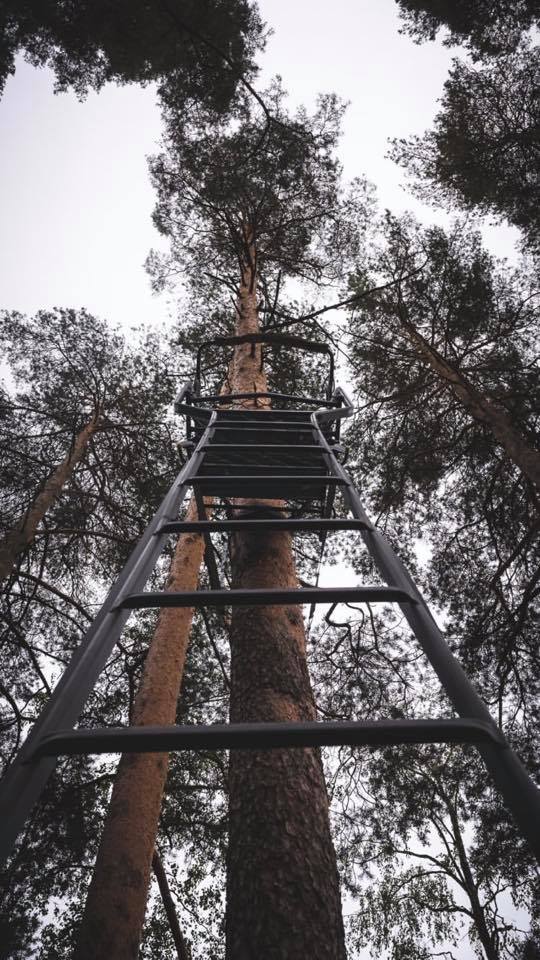
As mentioned, ladderstands provide a distinct advantage for hunters seeking comfort from high above. Hawk laddersstands provide some of the most comfortable perches available. Comfort and safety are the top reasons many hunters choose a ladderstand. They are a great way to introduce new hunters to the sport. A knock on ladderstand used to be the disadvantage of not being able to hunt as high as a traditional hang-on treestand with climbing sticks. Those days are long gone however, as ladderstands are produced in heights well above 20 feet.
Ladder Location
The location of your ladderstand really depends on your goals, and the season you are going to utilize it. For bow hunters, ladderstands close to heavy trails, pinch points and areas of high deer social activity will produce the best results. Gun hunters need to be looking at certain areas overlooking lots of territory. Ditches, benches and high ridge-top bedding areas are prime. Gun seasons are where ladderstands shine. A sturdy rest and comfortable seat for all day sits, waiting for other hunters to bump deer are crucial to gun-hunting success, and a ladderstand can help you do just that.
Early to Mid-Season LadderStand Strategies
Setting up and moving ladderstands to changing deer behavior requires coming up with a well thought out plan of attack for each phase of the season. In preparation for early season, have your ladderstands set well before opening day of bow season to give your deer ample time to get used to this new object you placed in the field. Not all deer are spooky around new objects, but some are. Proceed with caution. Early season ladderstand setups can be extremely convenient from a noise and intrusion stand-point. A well-placed ladder along a field edge, water hole, or crop field will allow for sneaky, quiet access during the early season. Those using run and gun type mobile setups may have the element of surprise working in their favor, but in terms of noise reduction, you will have them beat with a ladderstand.
If you need to move your ladderstand in accordance with changing feeding patterns to catch deer moving in the timber on acorns and other food, do so around the first week of October in most areas throughout the U.S. You can usually expect to see a major change from summer feeding patterns to fall range dispersal about the first that time—like someone flipped a switch. Have a buddy come out and help you move your ladderstand before deer move into their fall range. Getting your stand set up near hot acorn locations and scrapes surrounded by cover and travel routes could be your ticket.
Rut and Late Season
Many prime rut locations are in line with the mid October locations you may have already chosen for your ladderstand. However, if these locations are different, be sure to have your ladderstand in place and moved by the last few days of October, for those hunting in the Midwest or northern portions of the U.S. Be careful about intruding too much into your best spots, make your ladderstand move quick and painless—get in and out. Preferably you should move your ladder before a rain event to wash away scent.
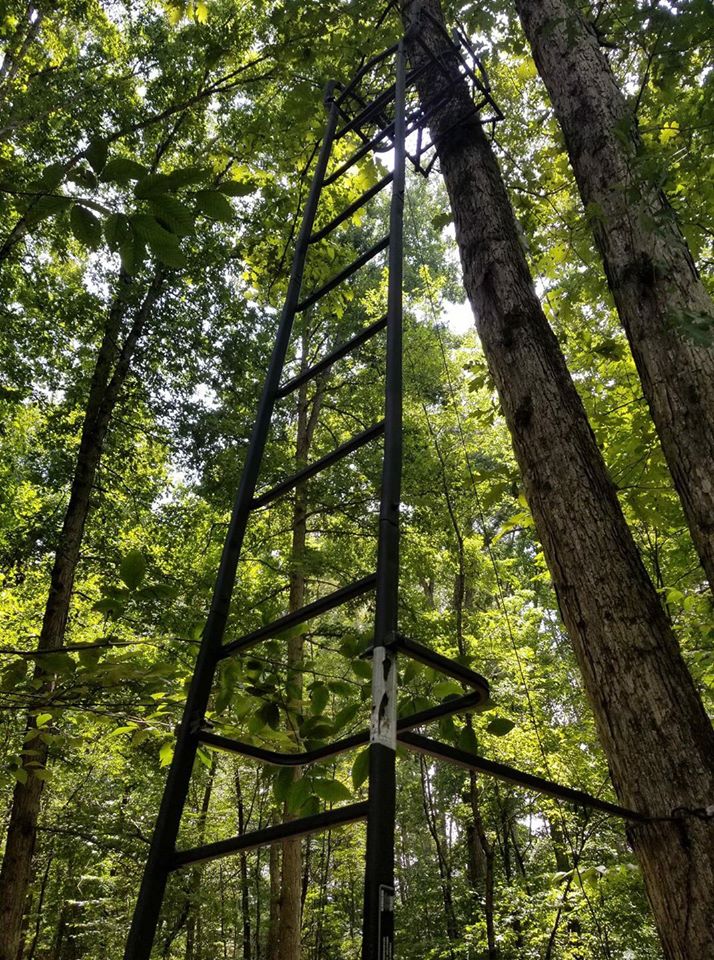
Ladderstands provide an extremely comfortable sit for bow hunters looking to sit all day during the rut. Plenty of space to stretch out, lay a backpack down, or snack for a minute. Many of the Hawk ladder stands are two-person stands that will fit a buddy alongside with you to get you through those grinding rut sits. A ladderstand overlooking a bedding area ridge-top with trails littered through the area can double as a gun and bow hunting set up. Concentrate on the trails for bow hunting and maybe even sweeten a converging trail location with a mock scrape for a close shot. During gun season, being able to overlook all the trails and a general bedding area will give you ample opportunities for a gun harvest.
Late-Season ventures using a ladderstand can make your hunts painless as well. In areas with steep terrain and varying land features, field edge trees sometimes lean sharply out over a field and offer no chance to get a hang-on up, and safely hung. Ladderstands allow you to lean the platform against a side of the tree most fit for a secure connection. A tree doesn’t have to be very straight for a ladder stand to be hung. Late season is much like early season as bucks might be back on a bed to feed pattern over an area such as a picked cornfield. Finding a prime late-season spot for your ladderstand will allow you to take advantage of the changing behaviors deer experience throughout a season.
Wrapping It Up
A successful season is all about adapting, changing and tweaking your strategies to best take advantage of deer behavior. With the right tools and planning, moving ladderstands can be painless, it just requires a more planned attack for each phase of the year.

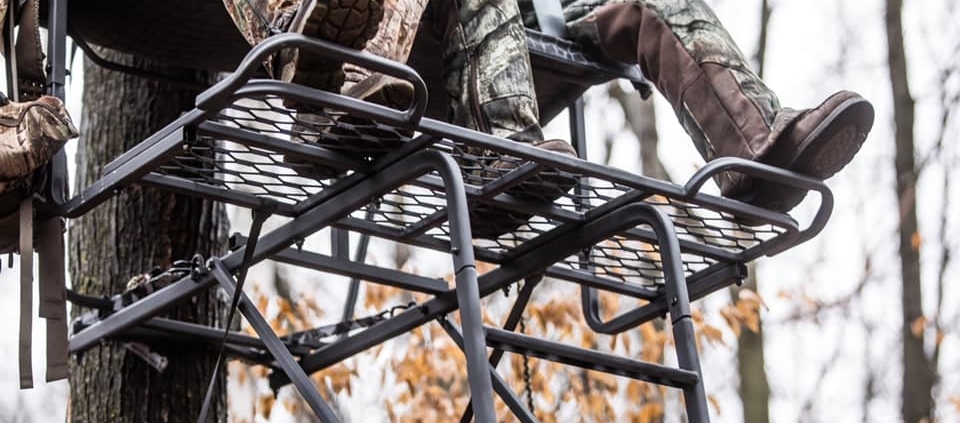
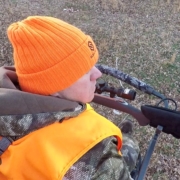
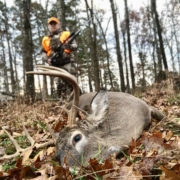


Leave a Reply
Want to join the discussion?Feel free to contribute!